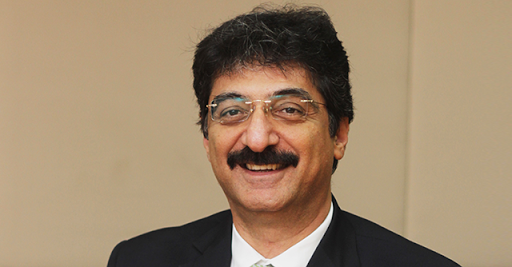
How technology is transforming the ATM industry


Ever since the first ATM went live in London in the year 1967, the growth of the ATM has been fascinating. It is the most ubiquitous banking channel that you see, spread across geographies from cities to villages. In a country where a majority of the financial transactions are cash-based, the ATM serves as an important touchpoint for the masses, facilitating easy access to a host of banking facilities. While for banks, the ATM channel provides a competent and cost-effective framework to increase penetration and drive brand presence.
The ongoing pandemic has triggered many households to hoard cash; this has resulted in the currency to GDP ratio increased to pre-demonetisation levels of 12% in 2019-20 from 11.3% a year back according to the 2019 – 20 RBI annual report.
Since March 2020, the currency in circulation has risen to 27.7 lakh crore which is a hike of 13% since the lockdown began. The report also states that the pandemic pushed people to ‘rush to cash’ which resulted in the increase of currency to GDP ratio. Meanwhile, India’s ATM industry has grown 3% to 2.5 lakh ATMs, while white-label ATMs grew 13% to 24,420 ATMs as of October 2020 on year-on-year basis, indicating growth of WLA operators and banks in rural regions.

From being mere cash dispensing machines, ATMs must support a host of banking facilities such as cash deposit, bill payments, fund transfer, customer support and grievance reporting, among others, so they can serve as a complete ‘digital facilitation’ point.
To address this goal, solution providers have been developing a number of new technologies, which are based on cash recycling technology, cardless transactions, biometric identification, video teller capabilities and so on.
As a result, ATMs can now perform most of the key activities which were traditionally done by bank branches, and that too, 24X7. This not only enhances customer convenience, but also makes transactions more seamless, safe and secure.

Cash Recycling Technology continues to drive this innovation in India, bringing banking to the customers’ doorstep. The Cash Recycling Machine (CRM), a new-age ATM is slated to further drive ATM penetration in the country, as it works like an automated mini branch, where customers are able to withdraw and deposit cash along with the availability of other facilities such as money transfer and bill payments.
CRMs offer ease of cash deposits through interoperability, meaning one can deposit cash into a Cash Recycling Machine operated by another bank.
Banks are now slowly becoming a part of the interoperable cash deposit (ICD) network and soon we can expect to see much more participation by banks, providing customers with this facility and reducing the distances travelled to reach specific bank branches. CRMs today offer benefits such as cardless deposits, bill payments by way of barcode scanning and secure access through NFC technology. Powered by data analytics, software platforms and customer segmentation strategies, CRMs can drive a financial institution's cross-selling endeavours.

CRMs are also designed to support the Digital India initiatives including Bharat QR code for cardless withdrawal, soft-keyboard for data-entry of UPI transactions and Aadhaar - enabled biometric authentication thereby making it more feature rich and customer-friendly. In the ongoing COVID–19 situation, QR based transactions help improve safety by minimizing physical contact.
Another key development has been the growth of White Label ATMs that operate largely in remote geographies, contributing to greater financial inclusion and continues to provide the much-needed access to basic banking services for the populace. Additionally, deployment of CRMs by White Label ATM Operators and interoperable cash deposits will further drive ATM growth in the country, improve penetration levels in rural regions and support the financial inclusion agenda of the Government.
ATMs serve as an extension of banks and we envisage innovations that move closer to a more interactive experience while providing a host of banking and financial services. Going forward both cash and digital payments will continue to co-exist, offering consumers a variety of payment modes to choose from and enabling them to carry out financial transactions as per their requirement and convenience.


Rustom Irani
Rustom Irani is the MD and CEO of Hitachi Payment Services. The views in this article are his own.
